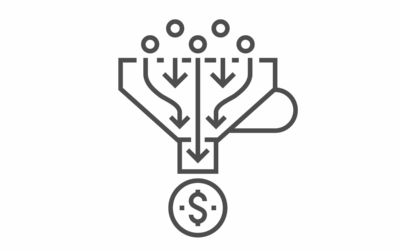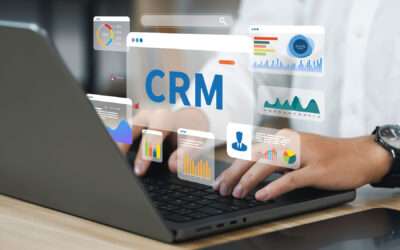In today’s hyper-connected age, there’s no shortage of ways to connect with your audience. Every channel, from social to traditional media, comes with unique offerings. LinkedIn Newsletters, launched in March 2022, is a recent addition to the digital arsenal.
This feature enables businesses and other professional organizations to publish articles on a specific topic or industry directly to their followers in their newsfeeds. Unlike LinkedIn posts, which follow the short-form format of traditional social media content, LinkedIn Newsletters are meant to be longer and more in-depth on a particular subject matter. They are a great way to keep your business top-of-mind with audiences while providing them with useful content.
Like any marketing tool, there is a list of do’s and don’ts to follow to get the most use and the most views out of your newsletter. Here are the top 5 best practices for LinkedIn Newsletters:
1. Publish Content Regularly
LinkedIn Newsletters are intended to be serialized content, meaning they are shorter pieces of content that tell a larger story over an extended period. If you wait too long between articles, your audience will forget what you were talking about and will either have to go back and reread the last article or (more likely) abandon the series altogether. Newsletters are not social content; you don’t have to post multiple times a week, but a weekly or bi-monthly cadence is a good starting point.
2. Provide Actionable Advice
LinkedIn Newsletters are not a direct sales tool. They are meant as a platform to showcase your organization’s expertise, through useful, insightful content. While it is fine to refer back to your own successes and experiences, it is important that your audience can strip down your content and walk away with something applicable.
3. Longer Content, Smaller Chunks
The slow release of information in the newsletter format lets you take a deeper dive into the subject matter. It gives your audience time to process before consuming the next piece. However, this means that content needs to be planned instead of off-the-cuff. Take your subject, divide it into digestible chunks and decide the best order to introduce each piece.
4. Don’t Overlook Data & Outside Sources
Experts don’t just learn from experience; they learn from others. While sharing your experience in a particular subject is a great way to make content relatable, mixing in other sources is good. Not only does it demonstrate that you’re reliable and you’ve put in the work, but this way, you aren’t asking your audience to just take your word for it.
5. Post at an Optimal Time
If you’ve done any email marketing, you know that when you send is almost as important as what you’re sending. It can be tempting to hit send once you’ve finished that final round of proofing, but resist! Think about your audience and how they go about their routine. Typically, first thing in the morning and lunchtime are popular times to check LinkedIn. As you send more newsletters, you can use the built-in analytics to pinpoint the best time to send your specific newsletter.


